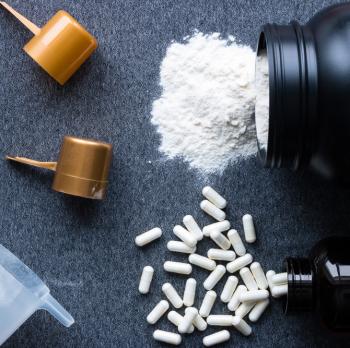Many dietary supplements contain stimulant ingredients, which can have potentially harmful effects, especially if used before or during exercise. The best way to tell if your dietary supplement contains a stimulant is to read the Supplement Facts label and other information on the labels and websites of the product. However, that means being able to recognize such ingredients.
Operation Supplement Safety (OPSS) has prepared this list to help you determine whether your dietary supplements contain stimulants. This is NOT a complete list, but we will add new entries as we identify them in dietary supplements.
The list does not include stimulants in drugs approved by FDA for prescription use (such as modafinil, Adderall, and Dexadrine) or over-the-counter sale (such as nasal decongestants with pseudoephedrine) or those that are considered “controlled substances” (such as cocaine and MDMA). These substances are not legal for use in dietary supplements.
For more information about stimulants, please visit the OPSS article "Stimulants: What's the concern?"
Stimulants Found in Dietary Supplements |
|
BMPEA (and common synonyms found on labels)* |
|
|
|
|
|
|
|
|
|
|
|
|
|
|
|
Caffeine and sources of caffeine |
|
|
|
|
|
|
|
|
|
|
|
|
|
DMAA (and common synonyms found on labels)* |
|
|
|
|
|
|
|
|
|
|
|
|
|
|
|
|
|
|
|
|
— |
DMBA (and common synonyms found on labels)* |
|
|
|
|
|
|
|
|
|
|
|
|
|
|
— |
Ephedra and sources of ephedra alkaloids/analogs* |
|
|
|
|
|
|
— |
Other stimulants |
|
|
|
|
|
|
|
|
|
|
|
|
|
|
|
|
|
|
|
|
|
* DoD Prohibited Dietary Supplement Ingredients list.
Updated 07 March 2022

